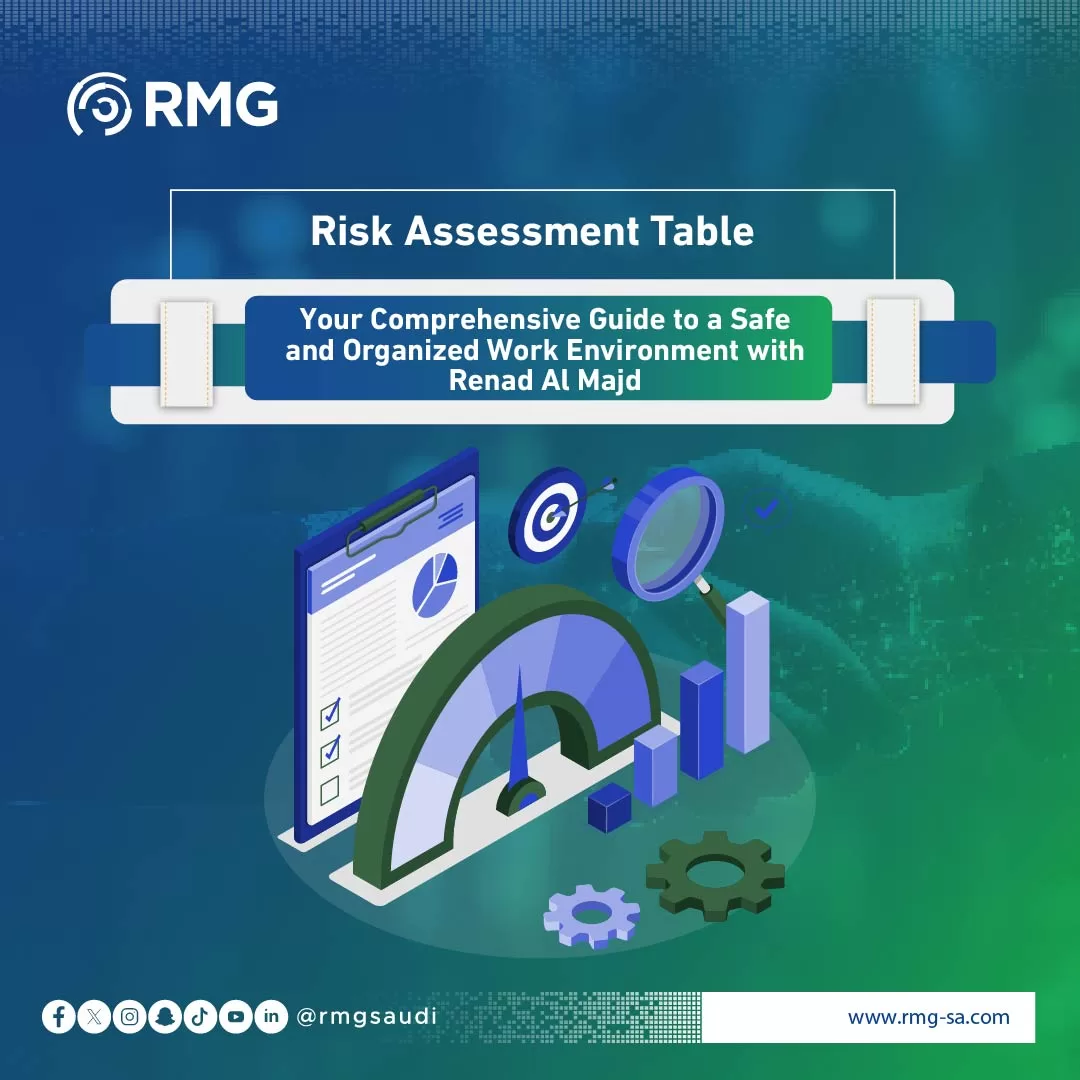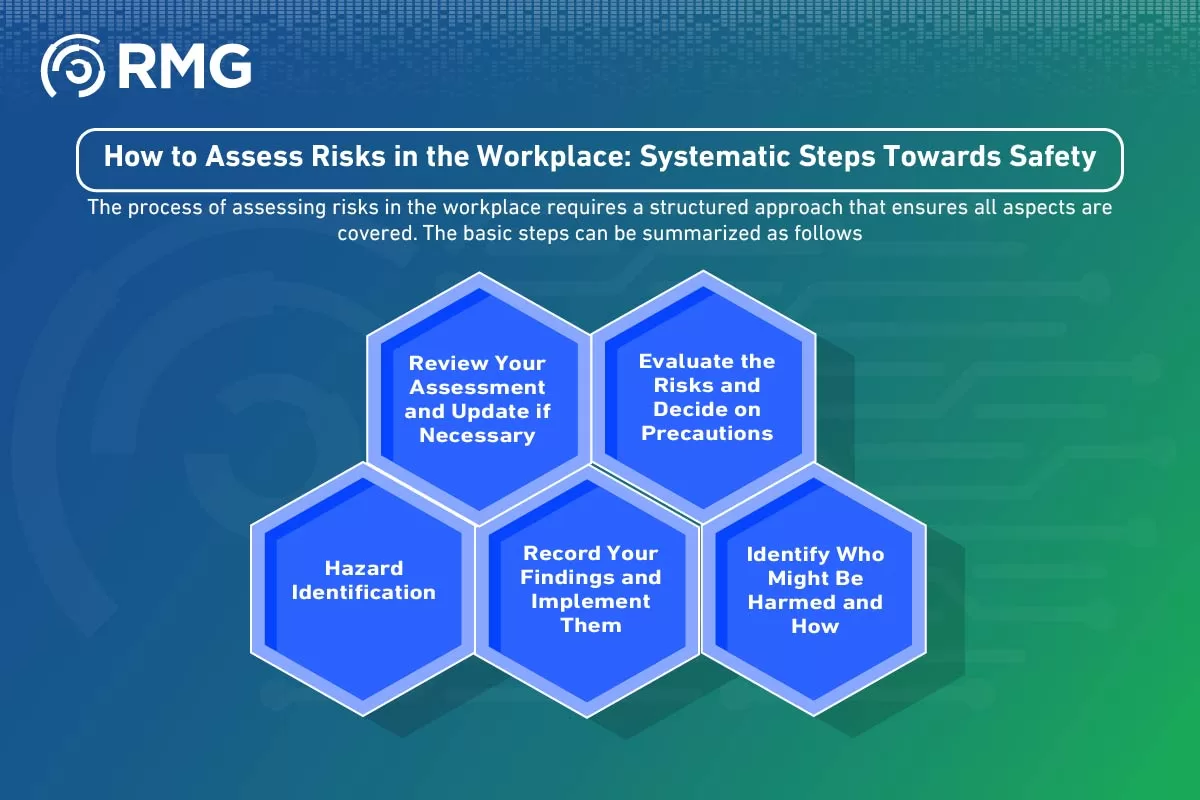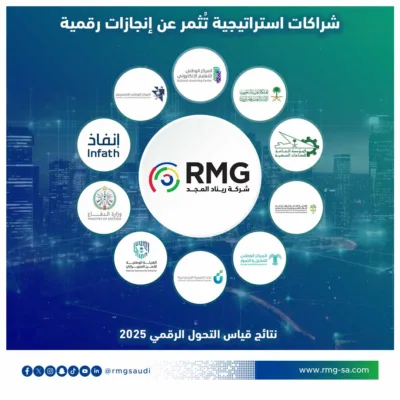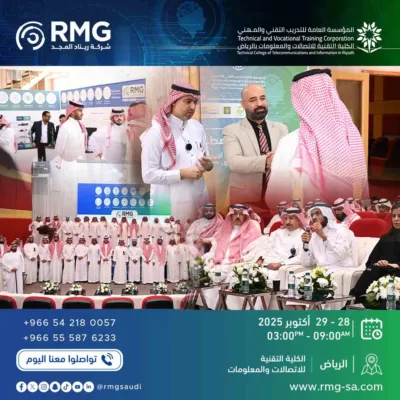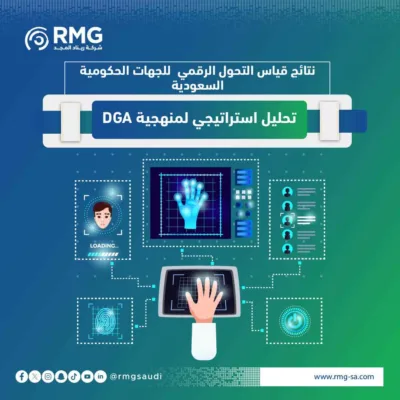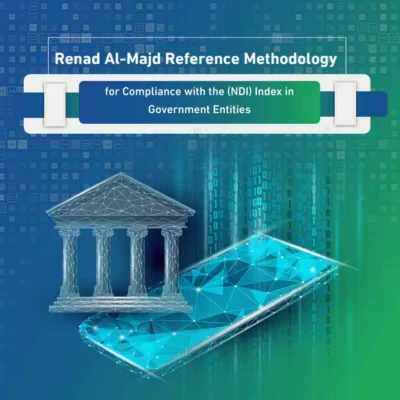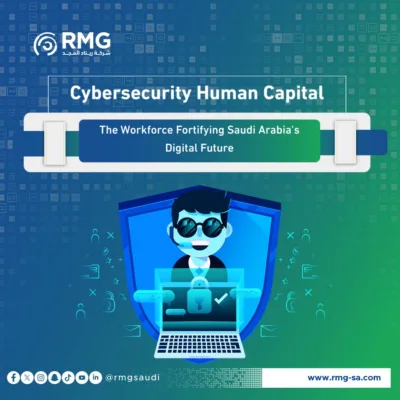Blog Body
Discover how a “Risk Assessment Table” can revolutionize the safety and efficiency of your organization. Your detailed guide from Renad Al Majd for effective risk management, achieving compliance, and ensuring a secure future.
In today’s fast-paced and challenging business world, the ability to identify, assess, and effectively manage potential risks is the cornerstone of organizational sustainability and growth. Neglecting this vital aspect can expose companies to severe losses, whether financial, human, or reputational. This is where the “Risk Assessment Table” emerges as an indispensable tool. It’s not just a routine document; it’s a strategic roadmap towards a safer and more productive work environment. Renad Al Majd, with its extensive experience in management consulting and risk assessment, strives to empower organizations and various entities to adopt best practices in this field, thereby achieving the highest standards of safety and quality.
Defining Risk Assessment: The Solid Foundation for Decision-Making
Risk Assessment is defined as a systematic and organized process aimed at identifying potential risks (hazards) in a work environment or within a specific project, and then analyzing and evaluating the likelihood of these risks occurring and the severity of their potential impact. The primary goal of this process is not only to identify risks but to understand them deeply to make informed decisions about how to control or mitigate their effects. Risk assessment involves considering physical, human, environmental, and operational factors that could lead to accidents or losses. It acts as a “preventive medical check-up” for the organization, revealing potential weaknesses before they escalate into real problems. The resulting Risk Assessment Table is the practical and documented outcome of this process.
How to Assess Risks in the Workplace: Systematic Steps Towards Safety
The process of assessing risks in the workplace requires a structured approach that ensures all aspects are covered. The basic steps can be summarized as follows:
Hazard Identification:
- Begin by identifying all potential hazards that could cause harm. These can be physical (e.g., moving machinery, exposed electrical wires, slippery surfaces), chemical (e.g., toxic or flammable materials), biological (e.g., viruses and bacteria), ergonomic (e.g., poor workstation design leading to repetitive strain), or psychosocial (e.g., work pressure and bullying).
- Use checklists, inspect work sites, review past accident records, and consult employees who have direct knowledge of daily operations.
Identify Who Might Be Harmed and How:
- For each identified hazard, consider who might be exposed to it (employees, visitors, contractors, the public) and how they could be harmed (injuries, occupational diseases, fatalities).
Evaluate the Risks and Decide on Precautions:
- Here, the likelihood of the hazard occurring and the severity of the resulting harm are estimated. A risk matrix is often used at this stage.
- Based on this evaluation, it is determined whether current control measures are sufficient or if additional actions are needed.
- This information is documented in the Risk Assessment Table.
Record Your Findings and Implement Them:
- The results of the risk assessment must be officially documented, preferably through a “Risk Assessment Table.” The table should include details of the hazard, who might be harmed, the actions taken or planned, the person responsible for implementation, and the deadline.
- Most importantly, the identified preventive and control measures must be implemented.
Review Your Assessment and Update if Necessary:
- Risk assessment is not a one-time process. It must be reviewed regularly (at least annually or when significant changes occur in the work environment, such as the introduction of new equipment, changes in processes, or after an accident).
- This ensures that the Risk Assessment Table remains updated and effective.
According to the International Labour Organization (ILO), more than 2.78 million fatalities occur annually due to occupational accidents or work-related diseases, in addition to approximately 374 million non-fatal work-related injuries and illnesses each year. This underscores the urgent need for effective risk assessment.
[Here, a graph illustrating the distribution of occupational accidents by sector or type of injury from an official source such as the ILO or local safety authorities could be included.
Risk Assessment Examples: Practical Applications Across Various Sectors
The nature of risks varies across industries and environments, but the principles of their assessment remain constant. Here are some examples:
In the Construction Sector:
- Hazard: Working at heights (scaffolding, rooftops).
- Who might be harmed: Workers.
- Assessment: High probability of falling, severe injury severity (could lead to death).
- Control measures: Provide protective barriers, use safety harnesses, train workers, regularly inspect scaffolding. All of this is documented in the site-specific Risk Assessment Table.
In Administrative Offices:
- Hazard: Incorrect sitting postures for long periods in front of a computer.
- Who might be harmed: Employees.
- Assessment: Medium probability, low to medium injury severity (back pain, wrist problems).
- Control measures: Provide ergonomic and adjustable chairs, train on correct postures, encourage regular breaks.
In the Healthcare Sector:
- Hazard: Exposure to infections from patients (e.g., contaminated needle sticks).
- Who might be harmed: Medical and nursing staff.
- Assessment: Medium probability (depends on procedures), high injury severity (serious diseases).
- Control measures: Use personal protective equipment, safe disposal of sharps, vaccination programs, infection control training. The Risk Assessment Table here is a vital tool for maintaining the safety of workers and patients.
Risk Analysis: Diving Deep into Potential Threats
Risk Analysis is an essential part of the broader risk assessment process. Risk analysis focuses on understanding the nature of the hazard and determining the level of risk. This includes:
- Identifying sources of danger: What are the root causes that could lead to an accident?
- Estimating the likelihood of occurrence: How likely is this risk to occur? Is it rare, unlikely, probable, likely, certain?
- Estimating the severity of consequences (Impact): If the risk occurs, how serious will the resulting damage or loss be (minor, moderate, catastrophic)?
Risk analysis helps in prioritizing risks by importance, allowing organizations to focus their resources on the most significant risks first. The results of this analysis are the primary inputs for the Risk Assessment Table.
Risk Matrix: A Visual Tool for Prioritizing
A Risk Matrix is a common visual tool used in the risk assessment stage (within risk analysis) to classify risks based on two axes: likelihood of occurrence and severity of impact. It usually takes the form of a table with different colors (green for low risks, yellow for medium, red for high) to facilitate the identification of risks that require immediate attention.
How it Works:
- Scales for likelihood are defined (e.g., rare, unlikely, probable, likely, certain).
- Scales for severity are defined (e.g., negligible, minor, moderate, major, catastrophic).
- The risk is placed in the appropriate cell in the matrix based on the assessment of its likelihood and severity.
The risk matrix helps decision-makers quickly understand the level of risk and prioritize how to deal with it. These assessments are then transferred to the Risk Assessment Table to develop control plans.
[Here, a simplified example of a risk matrix, such as a 5×5 table with color gradients, could be included.]
Risk Assessment: The Continuous Process to Ensure Safety
As mentioned, risk assessment is the comprehensive process that begins with identifying risks and ends with reviewing the effectiveness of the actions taken. It’s not just about filling out a document; it’s a culture that should prevail throughout the organization. Effective risk assessment requires the participation of all levels in the organization, from top management to frontline workers. Transparency and continuous communication about risks and preventive measures significantly enhance a safe work environment and reduce accidents.
Risk Assessment Table: The Vital Document for Effective Risk Management
The Risk Assessment Table/Register is the documented record of the entire risk assessment process. It is a practical tool and an essential reference for occupational safety and health management and any other type of operational or financial risk. The Risk Assessment Table should be clear, concise, and easy to understand.
Essential Elements of a Typical Risk Assessment Table:
- Hazard/Activity Identifier: A brief description of the hazard or activity being assessed.
- Identified Hazards: A list of hazards associated with this activity.
- Who might be harmed and how?: Identifying the exposed groups and the type of potential harm.
- Initial Risk Assessment:
- Likelihood: An estimate of how likely the hazard is to occur (e.g., low, medium, high).
- Severity: An estimate of the seriousness of the consequences (e.g., minor, moderate, catastrophic).
- Risk Level: Usually determined from a risk matrix (e.g., low, medium, high, very high).
- Existing Control Measures: Current actions and controls applied to mitigate the hazard.
- Residual Risk Assessment: Re-evaluation of likelihood, severity, and risk level after applying existing control measures.
- Additional Control Measures Required: If the residual risk level is still unacceptable, additional measures are identified.
- Responsible Person: Identification of the person or department responsible for implementing the additional control measures.
- Target Date for Completion: A specific date for completing the actions.
- Review Date: A date to review the effectiveness of the measures and update the Risk Assessment Table.
Regular and updated use of the Risk Assessment Table ensures that the organization is always aware of its risks and is taking proactive steps to manage them.
Risk Assessment Template: A Practical and Effective Starting Point
A Risk Assessment Template is a pre-designed structure or framework intended to guide users through the risk assessment and documentation process. This template typically provides the essential headings and sections to be completed, such as those mentioned above in the components of a Risk Assessment Table.
Benefits of Using a Risk Assessment Template:
- Consistency: Ensures that all risks are assessed in the same systematic manner throughout the organization.
- Efficiency: Saves time and effort instead of starting from scratch each time.
- Comprehensiveness: Helps ensure that no important aspects of the assessment process are overlooked.
- Organized Documentation: Facilitates the documentation and subsequent review process.
Renad Al Majd can provide customized Risk Assessment Table templates that suit the nature of each organization’s work and needs.
Learning Risk Management: An Investment in Your Organization’s Secure Future
Learning risk management is not just about acquiring theoretical knowledge; it’s about developing practical skills and a change in organizational culture. This includes:
- Training and Awareness: Providing employees at all levels with the knowledge and skills necessary to identify, assess, and deal with risks.
- Practical Workshops: Providing opportunities for employees to practice the risk assessment process and use tools like the Risk Assessment Table and risk matrix in real-world scenarios.
- Continuous Professional Development: Keeping abreast of the latest practices and standards in risk management.
- Fostering a Safety Culture: Encouraging the reporting of risks and near misses without fear of blame, and active participation in finding solutions.
Investing in learning risk management is an investment in human capital and in the organization’s sustainability and reputation.
Renad Al Majd’s Role in Risk Management: Expertise Guiding You Towards Excellence
Renad Al Majd (RMG) is a strategic partner for organizations striving for excellence in risk management. Our role is manifested in:
- Providing Specialized Consultations: We conduct a thorough analysis of your work environment, identify inherent risks, and develop customized strategies for their management.
- Developing and Implementing Risk Management Systems: We help you build a comprehensive risk management system that complies with international standards such as ISO 31000.
- Preparing and Designing the Risk Assessment Table: We design a customized Risk Assessment Table for you that fits the nature of your operations and unique risks, ensuring its ease of use and updating.
- Training and Qualification: We offer advanced training programs for your team on the principles and tools of risk management, including how to effectively use the Risk Assessment Table.
- Review and Audit: We review your existing risk management systems and provide recommendations for improvement.
Our extensive experience and qualified team ensure that you receive practical and innovative solutions to address risk challenges.
How Renad Al Majd Helps Bodies and Entities: Comprehensive Solutions for Diverse Needs
Renad Al Majd’s services extend to various bodies and entities, whether governmental or private, large or small. We help these entities through:
- Regulatory Compliance: We help organizations understand and meet legal and regulatory requirements related to safety and risk management.
- Improving Operational Efficiency: By identifying risks that may hinder operations, we contribute to improving efficiency and reducing costs resulting from accidents or unplanned downtime.
- Enhancing Organizational Reputation: Adopting strong risk management practices enhances the trust of customers, investors, and the community in the organization.
- Supporting Decision-Making: We provide the necessary data and analyses that support informed strategic decisions regarding investments and new projects.
- Building a Safety Culture: We work to instill a culture of safety and prevention within organizations, making risk management an integral part of daily operations.
The systematic use of tools like the Risk Assessment Table is an essential part of the solutions we offer to ensure these objectives are achieved.
Towards a Safer and More Prosperous Future with Renad Al Majd
In light of increasing challenges and a competitive environment, ignoring risks is no longer an option. Investing in effective risk management, primarily through the proper development and use of a Risk Assessment Table, is an investment at the core of your organization’s sustainability and success.
Renad Al Majd invites all entities, organizations, and companies, regardless of their size or sector, to contact us to explore how our expertise and innovative solutions can help you:
- Establish or enhance your risk management system.
- Train your staff on the latest risk assessment practices.
- Develop a customized Risk Assessment Table that precisely meets your needs.
- Achieve compliance with local and international standards.
- Build a safer, more productive, and prosperous future.
Contact Renad Al Majd today, and let us put our expertise at your disposal to build a strong fortress against risks together, paving the way for achieving your strategic goals with confidence and competence.














